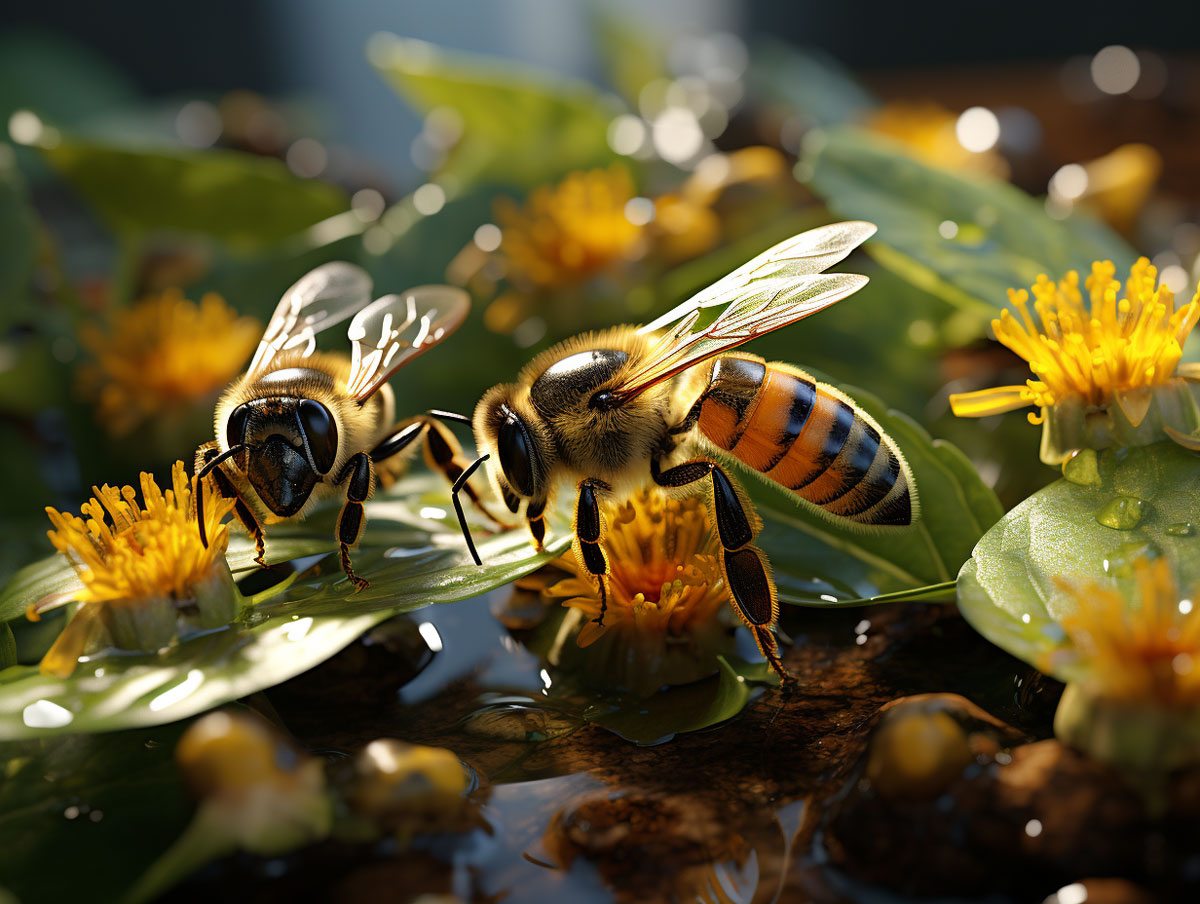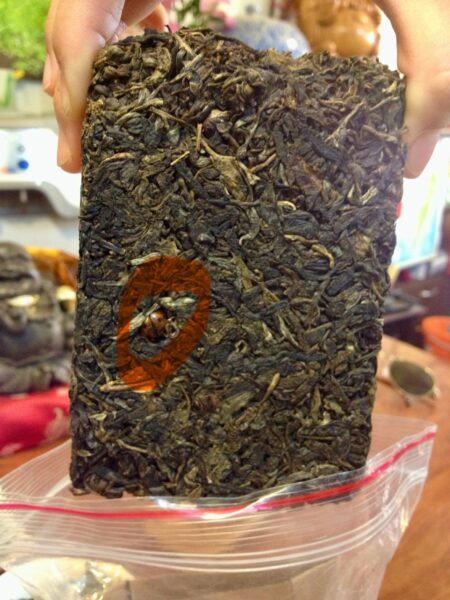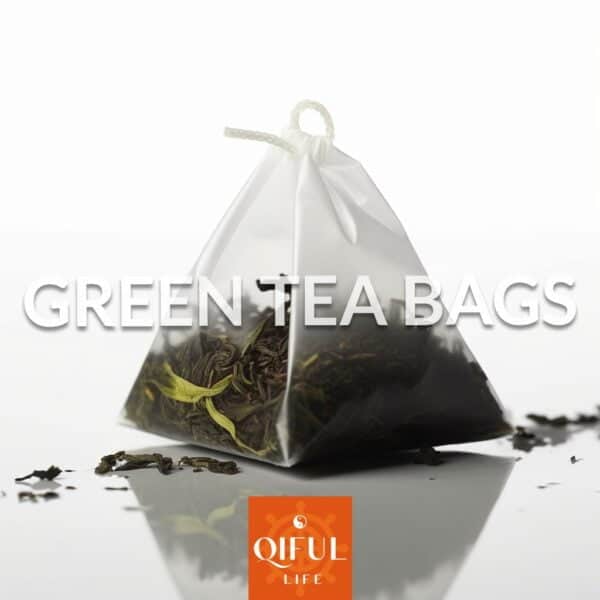Gourmet Tea » Tea Blog » Tea Information » What are Tea Insects?

What are Tea Insects?
A lot of tea drinkers have heard of tea insects but are unsure whether interactions with these are safe for tea consumption. Here we break down all the ways insects are used with tea and what is acceptable.
Understanding Tea Insects
Tea insects can be divided into two categories: white worms (paper bugs) and grey/black bugs.
- White Worms (Paper Bugs): These insects do not consume tea leaves but are attracted to packaging papers. They leave holes in the packaging but pose no threat to the tea’s quality.
- Grey/Black Bugs (Real Tea Insects): These insects exclusively consume tea leaves, especially high-quality Puerh tea leaves. They are not a detriment to the tea’s quality and are considered beneficial.

Bug Bitten Tea
There is also another category of tea insects that consume tea. This is called bug bitten tea and is an extremely sought after tea in Asia. Grown primarily in Taiwan, bug bitten tea is considered a commodity among the tea community due to the sweet taste and multi layer flavor notes produced from small insect or bug bites on the leaves.
One common tea variety is a black tea with honey flavor notes. This bug bitten black tea from Taiwan is grown in premium growing conditions in areas such as Shanlinxi. It is said in Taiwan when other animals in nature seek out such tea crops it indicates the leaves are high quality and sweet in nature.
There is no need to fear bug bitten tea. After the crops are harvested, they undergo withering, drying and roasting. Any sign of bug taste or impurity is removed, only leaving notes of sweetness.
Managing Insects on Tea Leaves
There are a few methods to handle any kind of bug when it comes to tea:
- Paper Bugs Solution: To address paper bugs, simply brush the tea leaves and store them in a well-ventilated, dry place.
- Real Tea Insects: These insects are usually found in high-quality Puerh tea. Their presence is not negative, as they contribute to the tea’s flavor. Their excrement can even be processed into a unique tea variety called “Dragon Ball Tea,” known for its high nutritional value. If you see them, simply remove and make sure to rinse the tea 1-2 times before consuming.
Preventing Insect Infestation
- Regular Checks: To ensure tea leaves remain insect-free, conduct regular inspections and take preventive measures during storage.
- Natural Aspect: The presence of real tea insects does not harm the tea’s quality but is considered a natural element of the tea.
Overall, tea insects are less concern than you think. For the safest results, it is best to check for insects, remove them, rinse your tea at boiling, and then consume.



